With currently 45 recognized species (as of January 2024), the genus Gymnotus is the most species-rich group of New World knifefish. Research into the species diversity of Gymnotus only began at the turn of the millennium; until then, only around 12 species were differentiated. From 2001 onwards, comprehensive papers with species descriptions and phylogenetic analyses appeared regularly. This process makes it difficult, if not impossible, for non-specialists to maintain an overview, as it is obvious that many of the new species or those taken from the synonymy are very similar. What’s more, you can never be sure whether the species identified according to the available literature might belong to an unprocessed species.
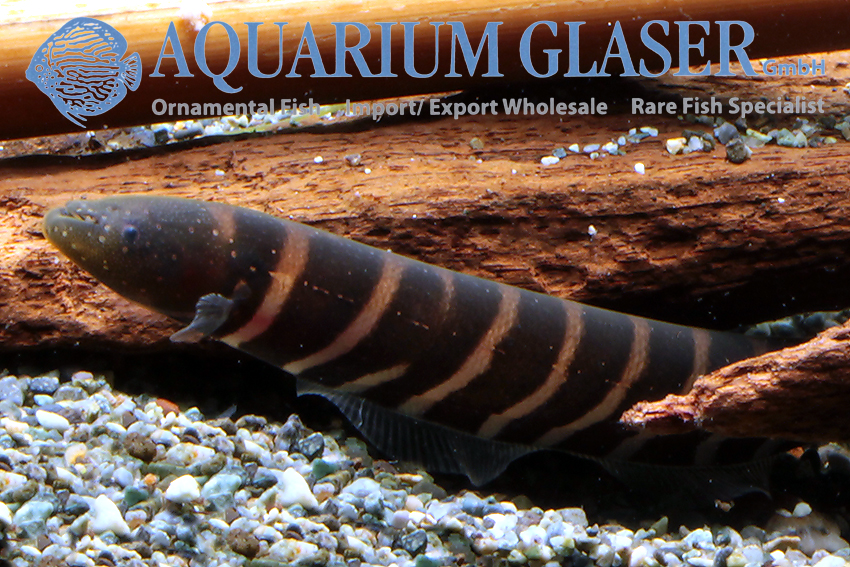
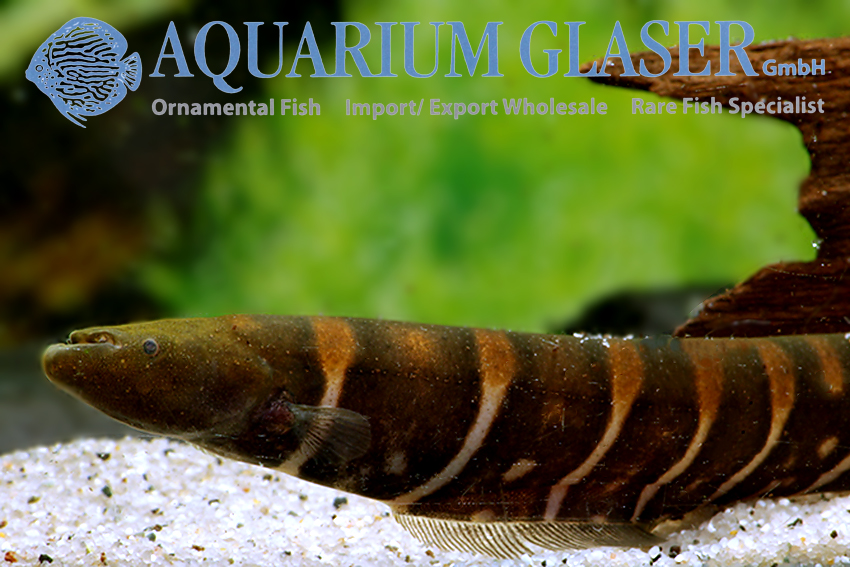
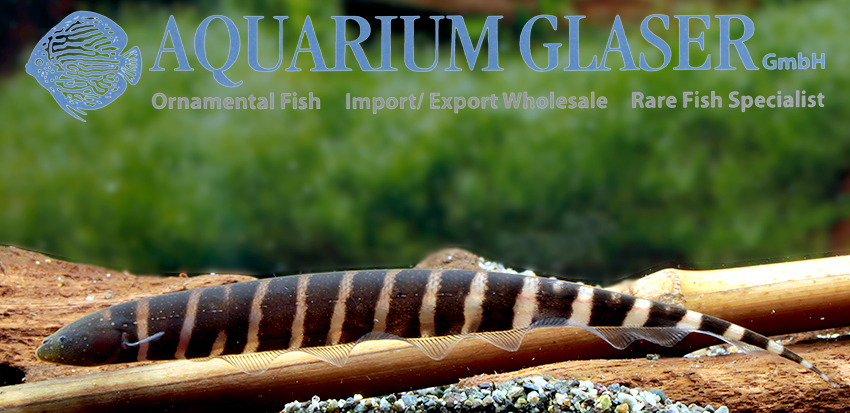
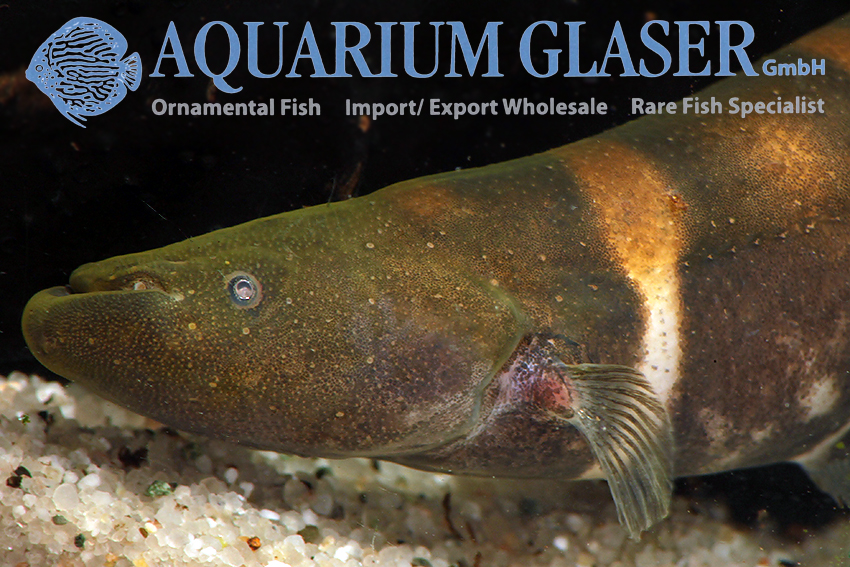
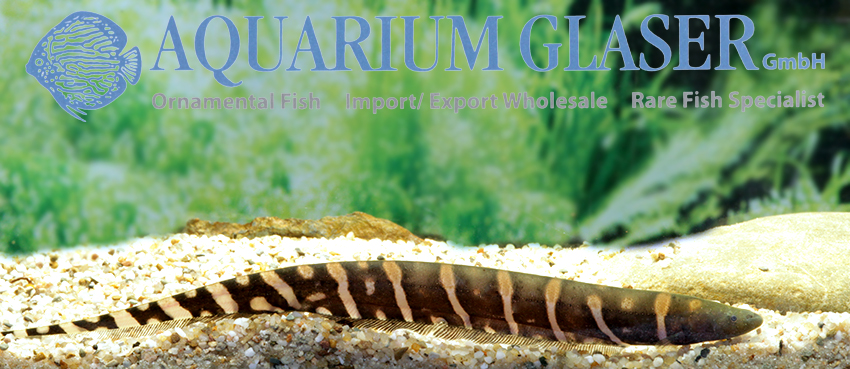
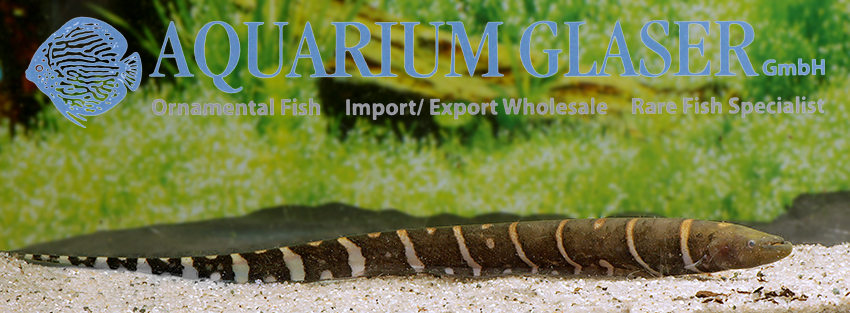
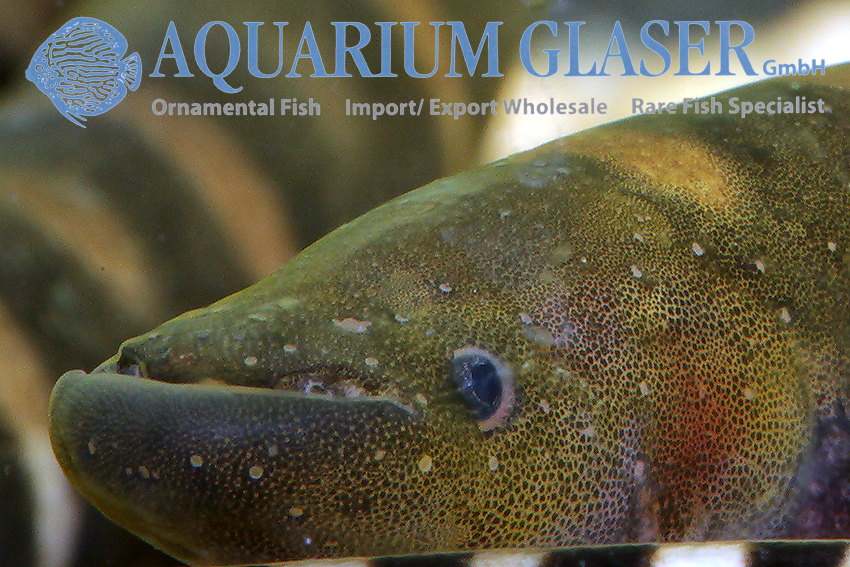
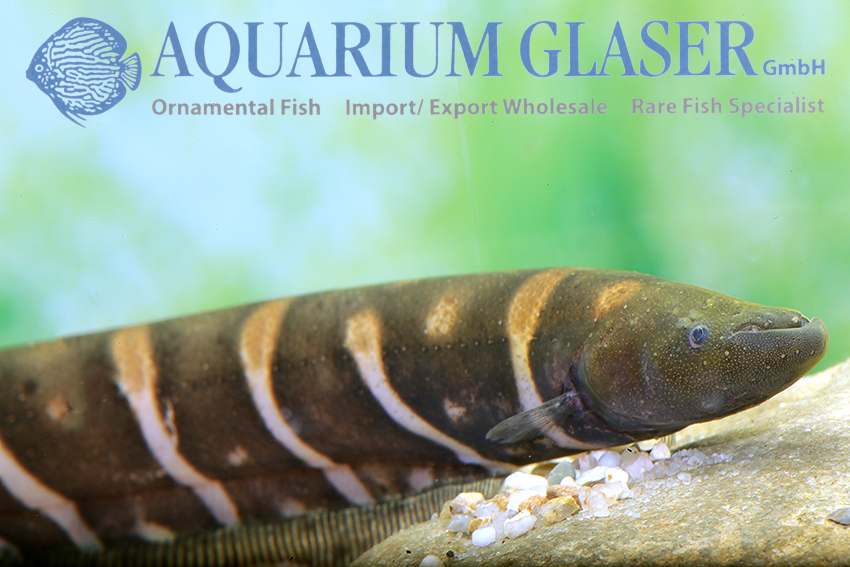
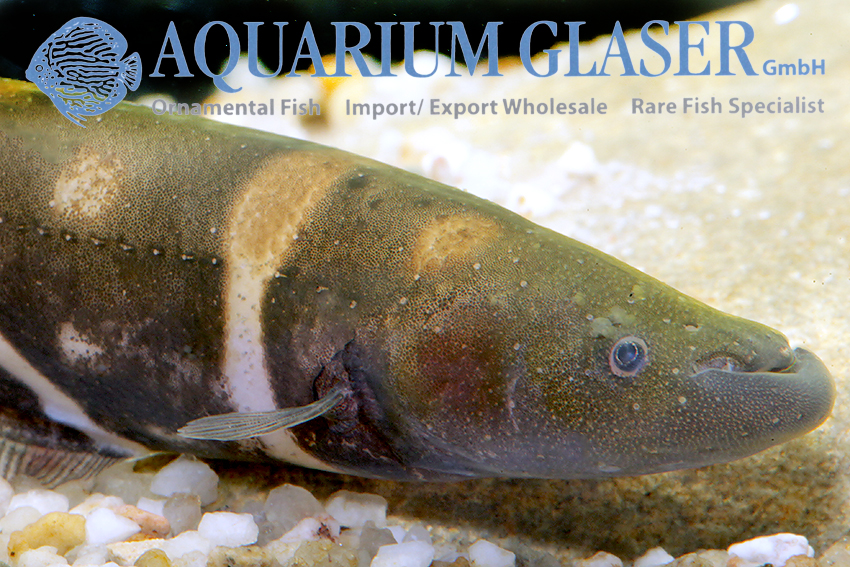
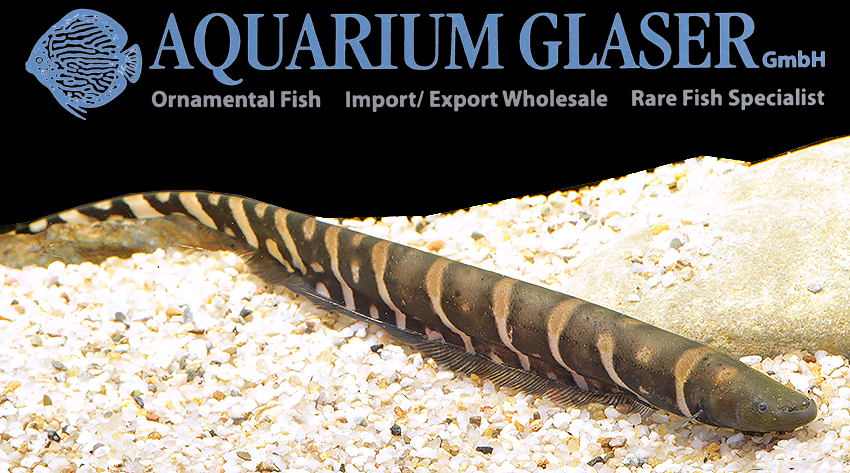
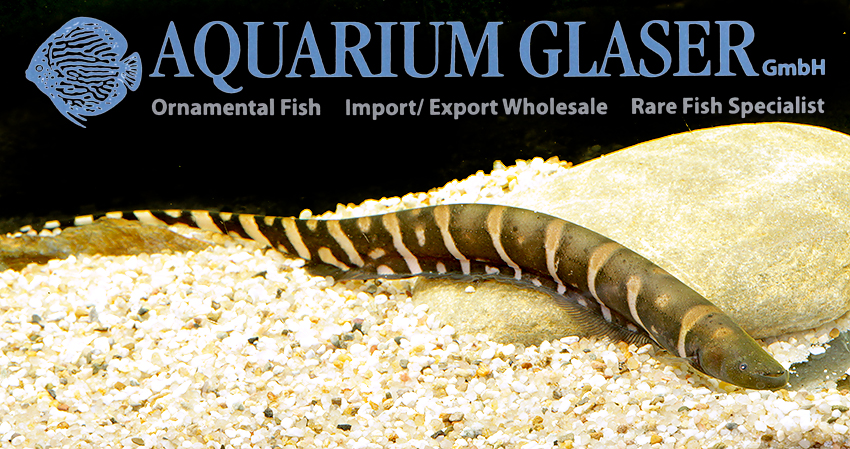
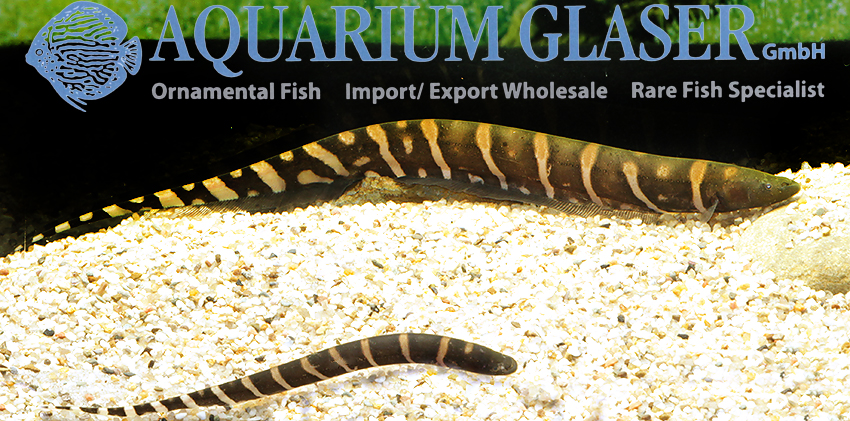
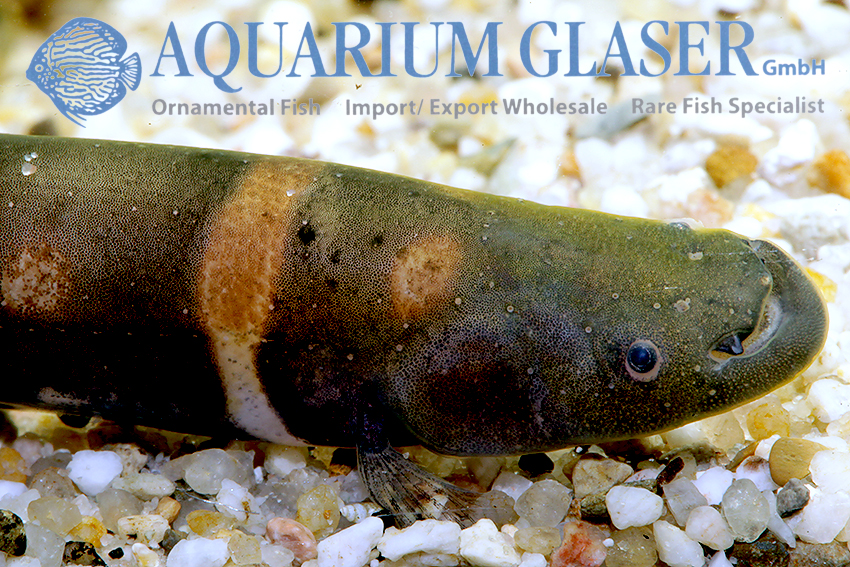
Unfortunately, wholesalers often don’t have the time to deal intensively with these – undoubtedly fascinating – fish. This is because they only play a fairly insignificant role in aquaristics. This is mainly due to the fact that Gymnotus carapo, the most common species known from large parts of South America, has several characteristics that make it interesting as an aquarium fish only for specialists. G. carapo grows large (around 30 cm, with a maximum length of 75 cm), is extremely incompatible with conspecifics, difficult to socialize with other species and is also a predatory fish that regards small fish as additional food.
In 2019, another paper was published on the relationships between the 45 species and divided them into six subgenera. It is now much easier for non-specialists to get an overview. The Gymnotus javari in question here is now in the subgenus Tigrinus, together with G. coropinae, G. stenoleucus, G. jonasi, G. melanopleura, G. onca and G. coatesi. Many of them were previously housed in a so-called pantherinus group, which was more extensive: Gymnotus anguillaris, G. cataniapo, G. coatesi, G. jonasi, G. melanopleura, G. onca, G. pantherinus, G, pedanopterus and G. stenoleucus. All the species mentioned are similar and quite variable in color.
After several confusions in the past years we believe to be able to assign the beautiful Gymnotus from Peru to the species Gymnotus (Tigrinus) javari, although in individual cases the differentiation from G. (T.) coatesi is hardly successful. The only difference between the species that can be recognized on the living animal is the shape of the light bands and the expression of the dark ones. In G. coatesi the light bands are almost twice as wide on the back as on the belly, in G. javari they are only slightly wider at the top than at the bottom. The dark bands are exactly the opposite, i.e. narrower on the back than on the belly in G. coatesi and wider on the back than on the belly in G. javari. Only in G. javari do the dark bands often have light spots, so that they often look remotely X-shaped. As already mentioned, this is not always 100% clear in our fish, but the tendency is more towards G. javari.
We receive these fish from time to time, unfortunately only rarely and in small numbers. The special thing about these Gymnotus is that they remain relatively small (they reach sexual maturity at 8-10 cm in length, the maximum length according to the literature is 21 cm) and above all they are absolutely compatible with each other! In our facility, we have observed that these (rather secretive) animals like to huddle together in the same hiding place without even the slightest dispute. So there are obviously also Gymnotus that make excellent aquarium fish!
For our customers: the animals have code 255222 on our stocklist. Please note that we only supply the wholesale trade.
Text & photos: Frank Schäfer




